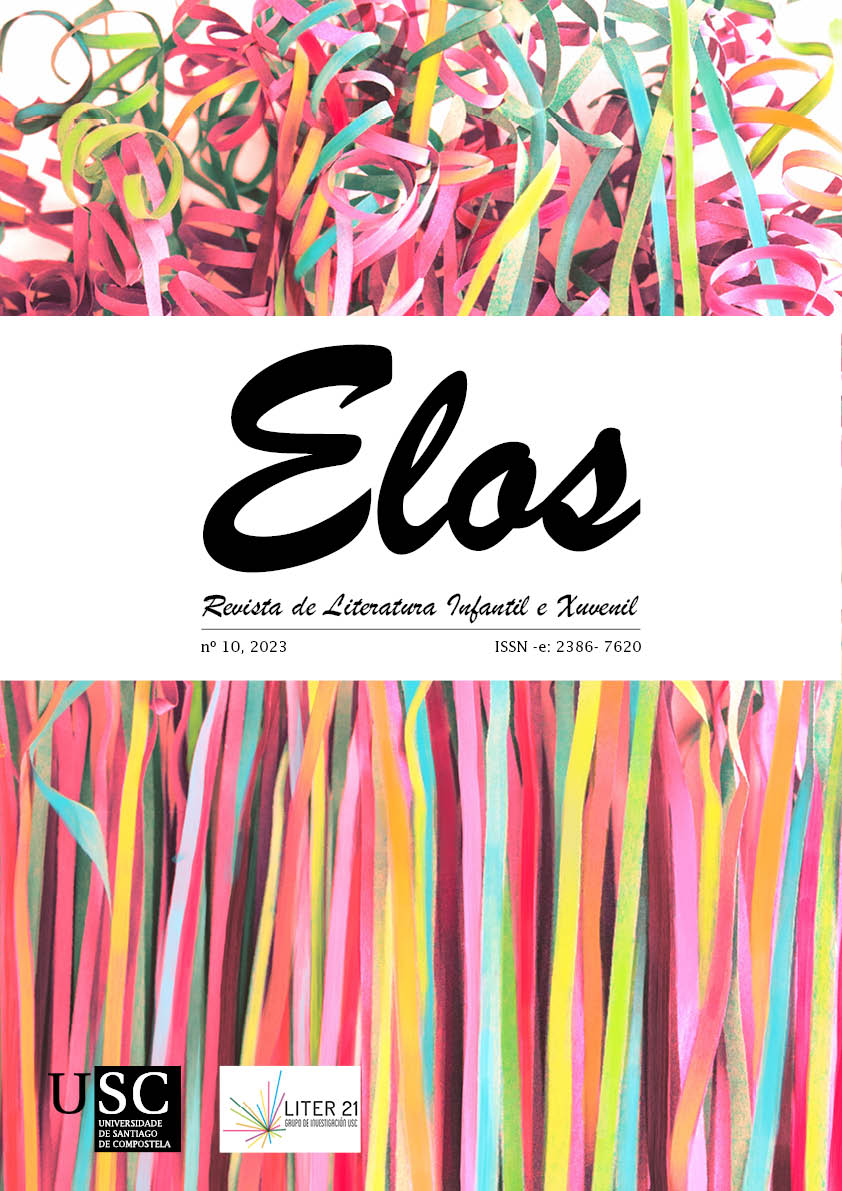The challenges in publishing children’s and youth audiobooks
Main Article Content
Abstract
The increasing world-wide popularity of audiobooks in the last decade has pushed Portuguese publishing houses to invest properly in this format. However, publishing children’s and youth audiobooks appears to be more challenging than other segments, especially because of the high costs and the text adaptation required to guarantee its quality. Given its recent development in Portugal, there are very few studies focused on the audiobook format and the already existent national production. Therefore, this essay seeks to reflect on the most pressing challenges in children’s and youth audiobook publishing through the analysis of LeYa’s publishing group production. It thus proceeds by studying the Portuguese context of audiobook publishing, analysing the audiobook format characteristics and limitations, and distinguishing picture books from illustrated books with the purpose of understanding which characteristics and typologies of children’s and youth literature bring challenges to the audiobook production.
Keywords:
Article Details
References
Cahill, M. e Moore, J. (2017). A Sound History: Audiobooks Are Music to Children’s Ears. Children and Libraries - the journal of the Association for Library Service to Children, 15(1), 22-29. https://doi.org/10.5860/cal.15n1.22
Colbjornsen, T. (2015). The accidental avant-garde: Audiobook technologies and publishing strategies from cassette tapes to online streaming services. Northern Lights, 13, 83-103. https://doi.org/10.1386/nl.13.1.83_1
Gomes, J. A. (2007). Literatura para a infância e a juventude e promoção da leitura. Casa da Leitura. http://magnetesrvk.no-ip.org/casadaleitura/portalbeta/bo/portal.pl?pag=abz_biblio_ficha&id=791
Have, I. and Pedersen B. S. (2020). The audiobook circuit in digital publishing: Voicing the silent revolution. New Media & Society, 22(3), 409‑428. https://doi.org/10.1177/1461444819863407
Jones, N. (2020). The fourth format: how audiobooks have become a standard format for general publishers alongside hardback, paperback, and e-book. Em A. Baverstock, R. Bradford e M. Gonzalez (Eds.), Contemporary Publishing and the Culture of Books (pp. 253-277). Routledge. https://doi.org/10.4324/9781315778389
Ramos, A. M. (2011). Apontamentos para uma poética do álbum contemporâneo. In B. Rechou, I. López e M. Neira (Coord.) O Álbum na Literatura Infantil e Xuvenil (2000 – 2010) (pp. 13-40). Edicións Xerais de Galicia. https://www.usc.gal/export9/sites/webinstitucional/gl/proxectos/lijmi/descargas/BVC_album-na-literatura-infantil-e-xuvenil-2000-2010_x1x.pdf
Ramos, A. M. (2020). Hibridismos e contaminações: a propósito do livro-álbum como formato omnívoro. Em P. A. Pereira, E. Madalena e I. Costa (Coord.) Mix & Match: Poéticas do Hibridismo (pp. 173-194). Húmus. https://www.researchgate.net/publication/344349446_Hibridismos_e_contaminacoes_a_proposito_do_livro-album_como_formato_omnivoro
Silva, I. L. (2021). De Boca em Boca se Passa a Palavra: Relatório de Estágio na Editora Boca – Palavras Que Alimentam. [Tese de Mestrado]. Repositório Institucional da Universidade de Aveiro. https://ria.ua.pt/handle/10773/32025
Silva, R. (2022). Literatura ao ouvido. Visão Se7e, 1509, 87-90.
Wolfson, G. (2008). Using Audiobooks to Meet the Needs of Adolescent Readers. American Secondary Education, 36(2), 105-114. https://www.jstor.org/stable/41406113#metadata_info_tab_contents







